In this edition of ‘Lost Legends,’ we focus on the Schiller Building, a historic tower in The Loop that was pivotal in Chicago’s cultural and architectural history. From its opening in 1892 to its controversial demolition in 1961, its story exhibits a familiar arc in this series: one of architectural innovation, cultural significance, loss, and reflection.
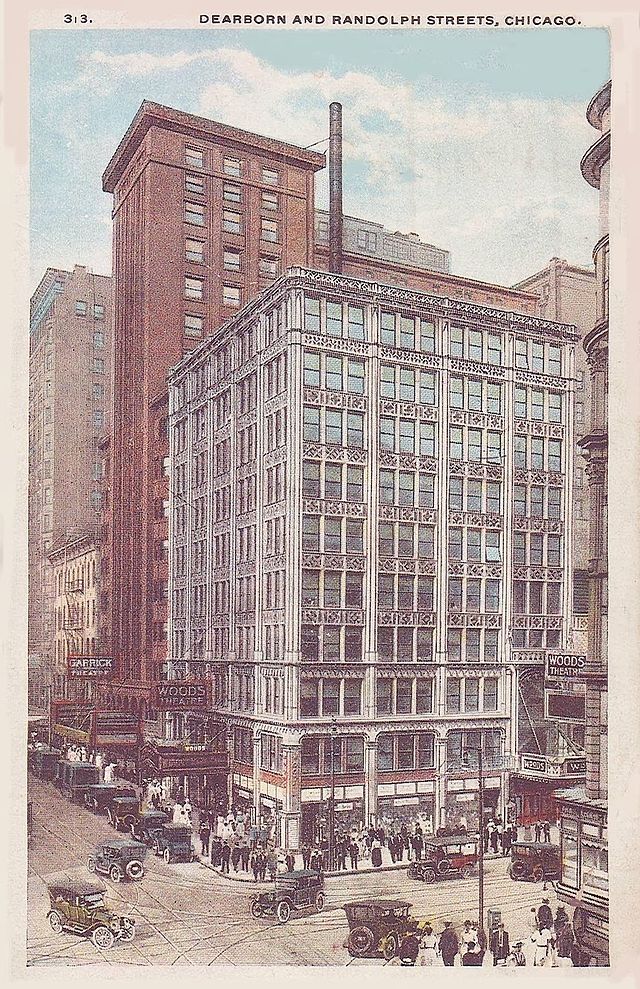
Schiller Building in 1922. Postcard via Chuckman’s Collection

Schiller Building. Elevation via the Library of Congress
Origins and Architecture
Originally funded by prominent figures like Anton C. Hesing and designed by Adler & Sullivan, the 240-foot tower featured an ornate terra cotta facade with intricate ironwork, characteristic of the Chicago School architectural style. The building initially served as a venue for German-language operas and cultural events. In the late 1890s, after a shift in patronage, it transitioned to hosting a variety of touring stage shows. Its 1,300-seat theater underwent name changes, from the Dearborn Theater in 1898 to the Garrick Theater in 1903, and would host prominent figures to take the stage such Jane Addams, Eugene V. Debs, and Mae West.

Schiller Building. Model via YIMBY+
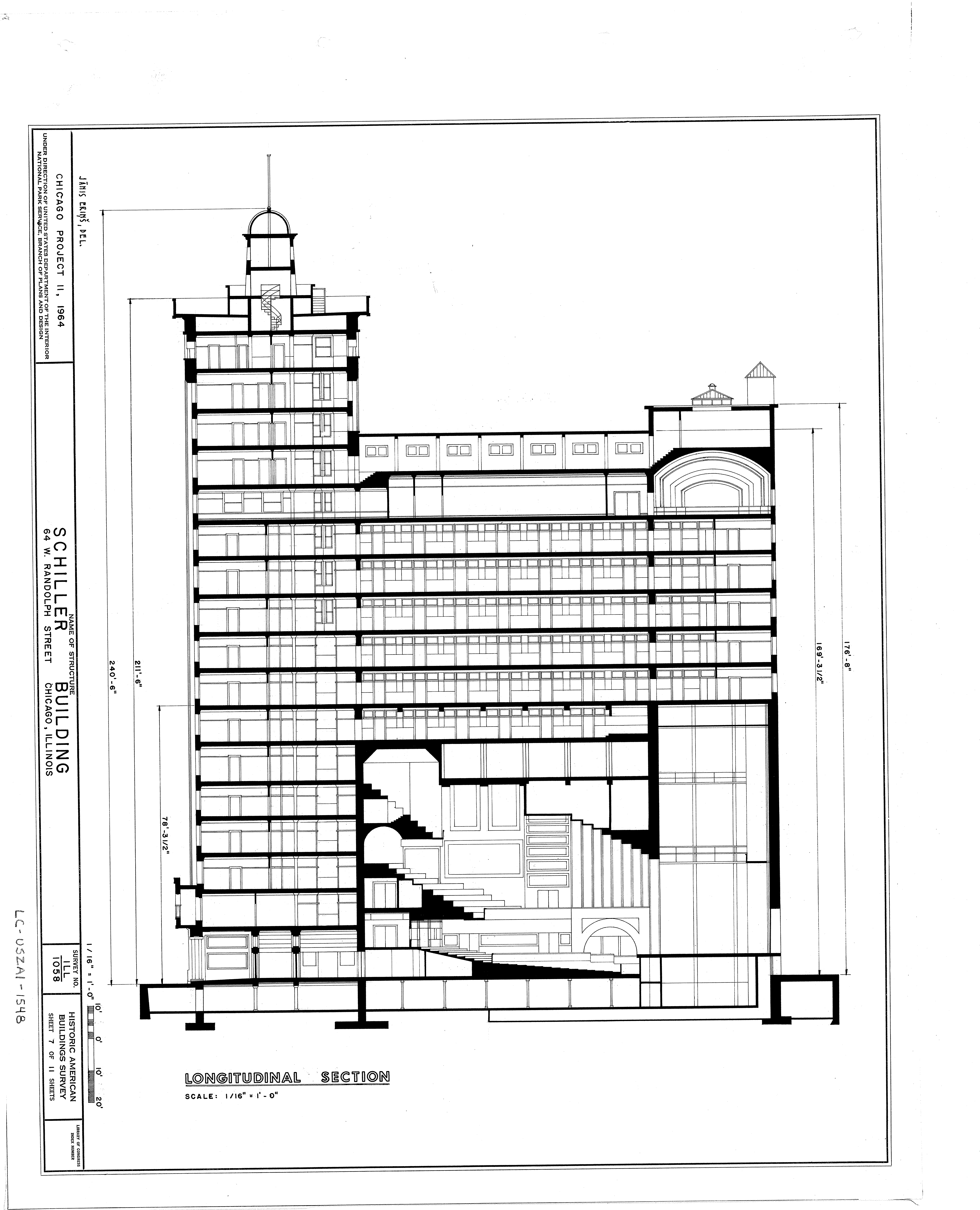
Schiller Building. Section elevation via the Library of Congress
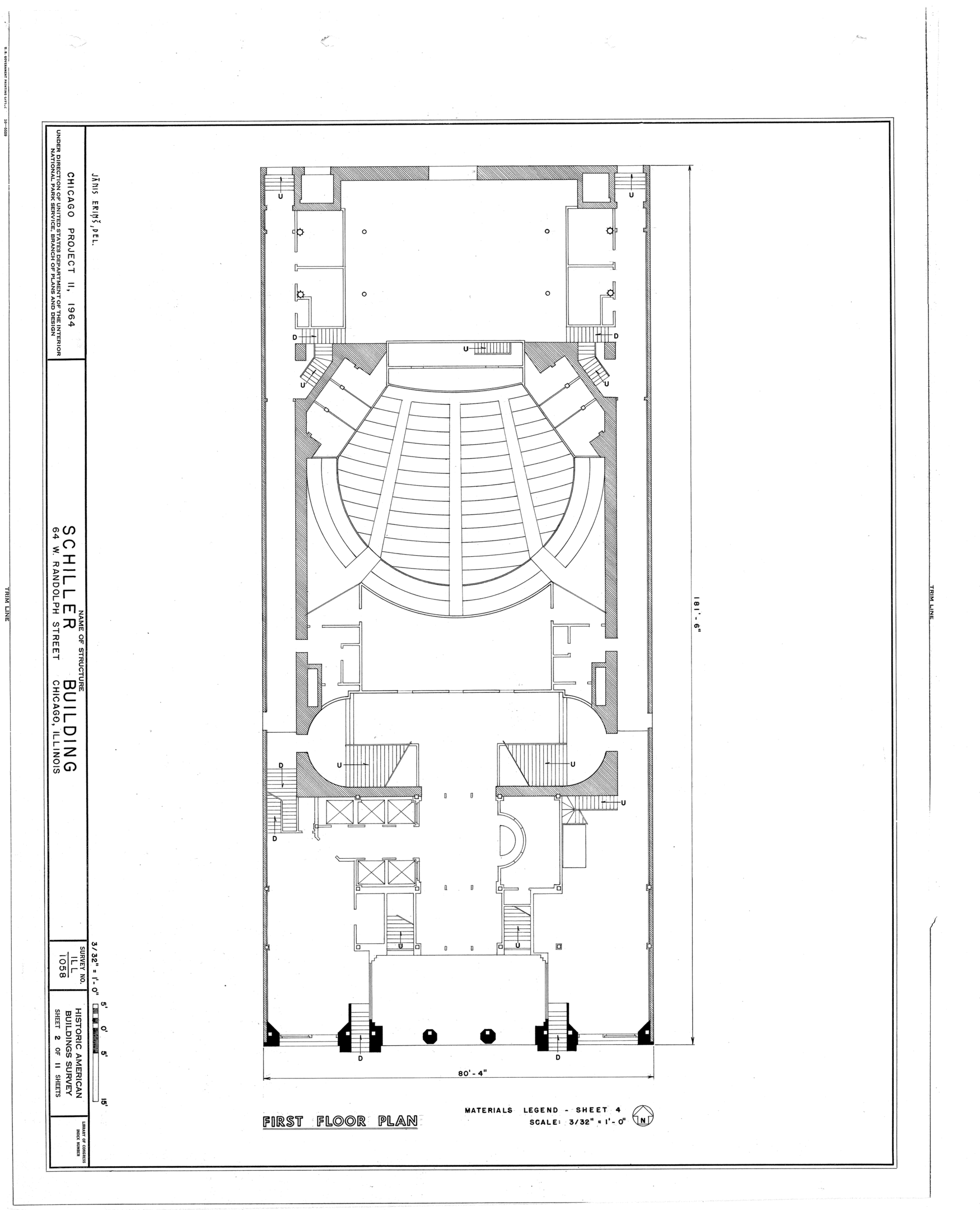
Schiller Building. Floor plan via the Library of Congress
Versatile Use
Not only was the building’s theater component significant, but its office usage on the upper floors was also notable. The structure served as an office space and hosted the Chicago Board of Education’s meetings in the 1890s. Key office tenants would include the architects Frank Lloyd Wright and Harry Bergen Wheelock.
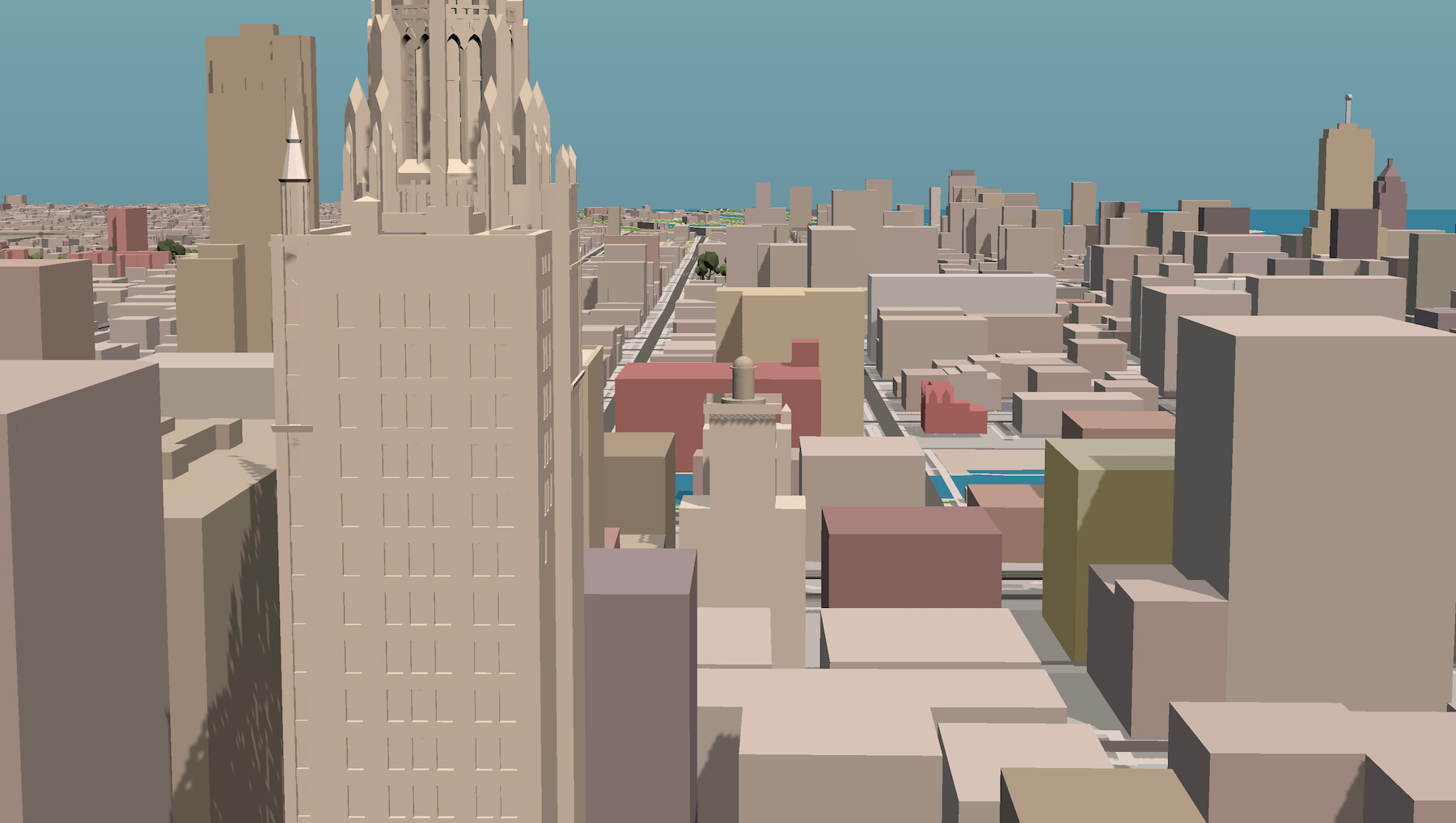
Schiller Building (center). Model via YIMBY+
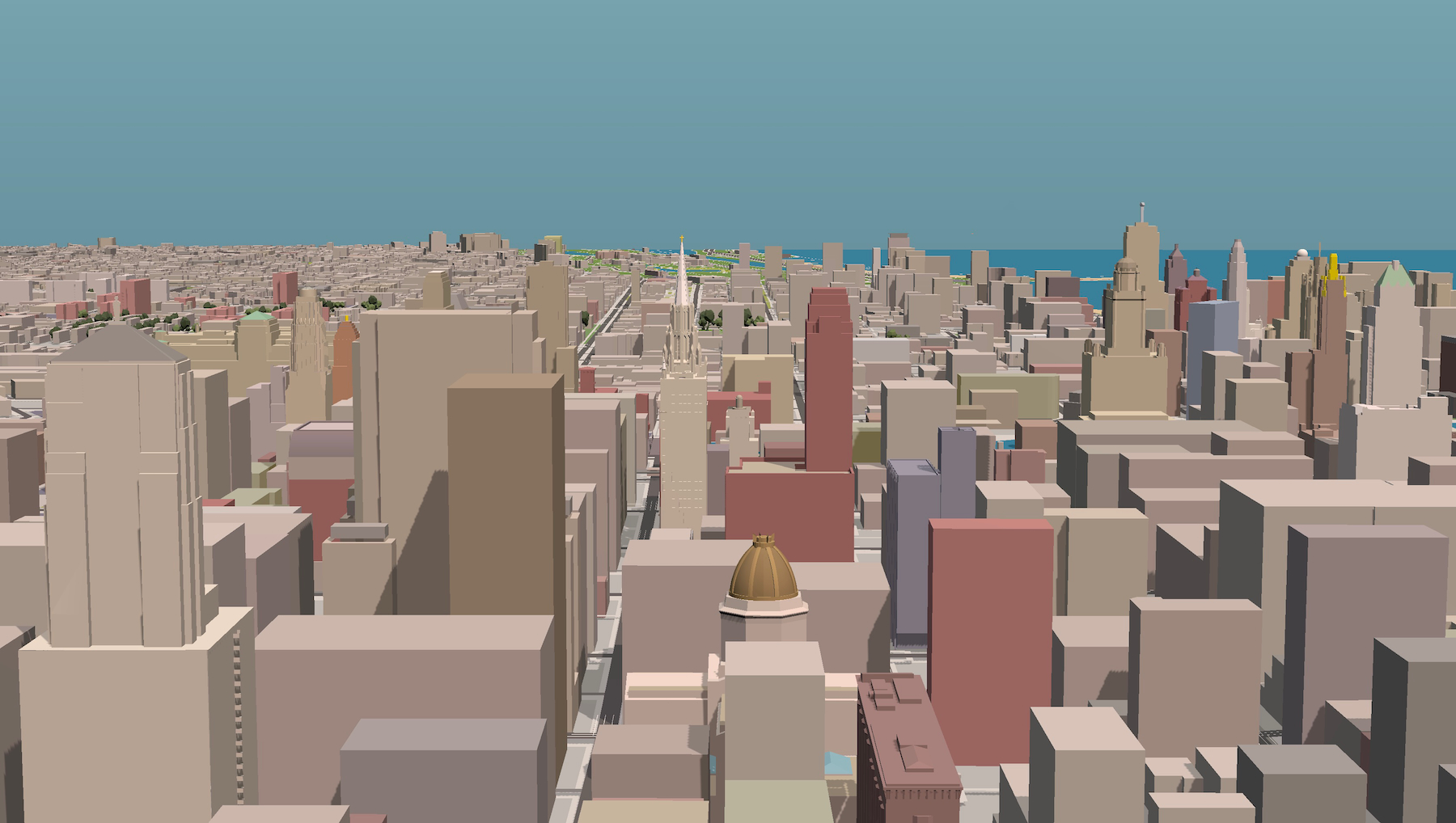
Schiller Building (center). Model via YIMBY+

Garrick Theater interior. Photo by Richard Nickel
Later Years and Demolition
In the 1930s, the Garrick Theater was converted into a movie theater and later a television studio before resuming film screenings in 1957. The Schiller Building’s 1961 demolition, despite public opposition and efforts by preservationists like Richard Nickel, marked a turning point in Chicago’s approach to historical preservation. The outcry over its demolition and other historic structures at that time would culminate in the 1968 ordinance that significantly empowered the Commission on Chicago Historical and Architectural Landmarks with permit-review authority and the ability to impose design restrictions. Alongside his preservation efforts, Nickel’s photographic documentation of the building remains a valuable record of its design details and layout.
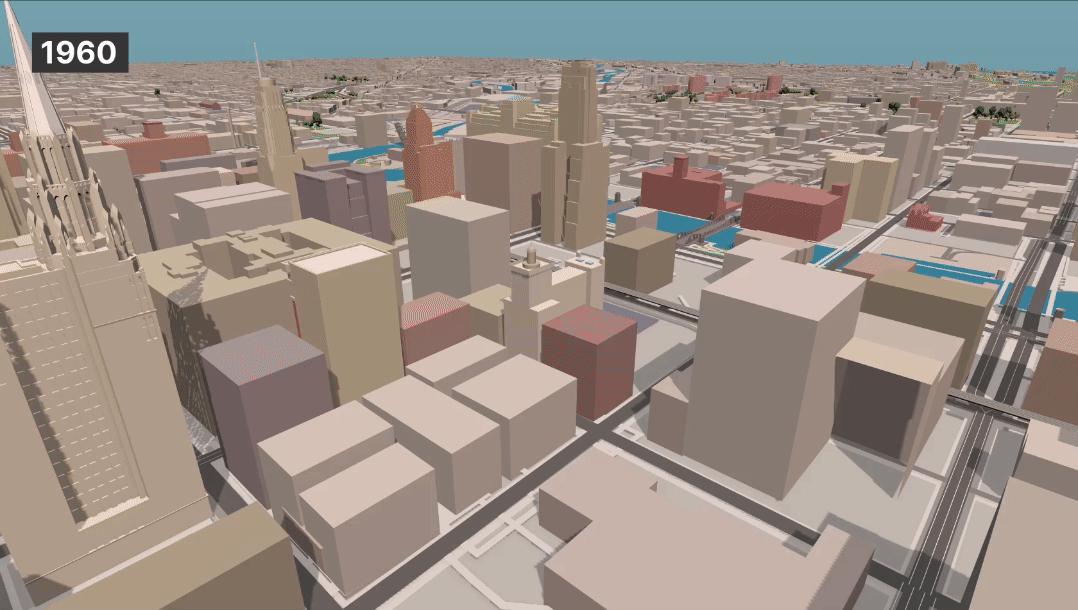
Site of the Schiller Building (center) from 1960 to 2030. Model via YIMBY+
Enduring Legacy
The Schiller Building played many roles in its nearly 70-year history, ranging from an architectural marvel to a cultural and business hub for a broad range of important historical figures. Despite its abrupt ending, its final role would be as a flashpoint in Chicago’s shift towards architectural preservation.
Subscribe to YIMBY’s daily e-mail
Follow YIMBYgram for real-time photo updates
Like YIMBY on Facebook
Follow YIMBY’s Twitter for the latest in YIMBYnews


Very good story with lots of background and info but never mentioned the most basic element–address or street location?
It says it on a few of the images – the blueprint says 64 W Randolph Street, and the postcard says Dearborn and Randolph. That said, it might be helpful to add it to the body copy.
ugh these articles make me so sad. Wish this was still standing!